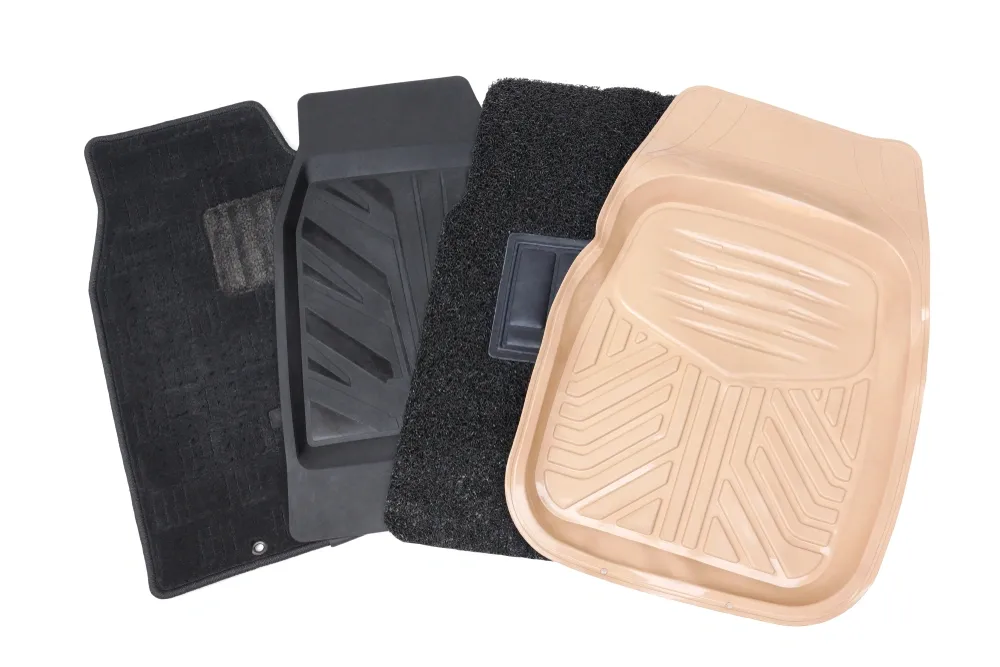The Honda Civic has been a driver favorite for decades, evolving from its compact 1970s roots to the sleek, tech-packed models we see today. While most attention goes to performance upgrades, infotainment systems, and safety features, one overlooked component that has quietly evolved alongside the car is the humble car mat. In this article, we’ll explore how Honda Civic car mats have changed across generations—and why choosing the right set can make a big difference to your driving experience.

Content
1. Fit and Shape Evolved with the Cabin Design
Each Civic generation brought a fresh interior layout, and the car floor mats Honda Civic owners needed had to adapt. For example, earlier models had a simpler, boxier footwell design, meaning mats were more rectangular. Modern Civics, especially from the 10th and 11th generations, have contoured footwells and raised side panels, requiring mats with precise 3D shaping to provide full coverage.
Today, if you browse car mats for Honda Civic, you’ll find options tailored specifically to each model year, ensuring a snug fit that prevents slippage and maximizes protection.
2. Material Quality Has Improved
In the past, most OEM and aftermarket mats were made of basic needle-punched carpet. While serviceable, they tended to wear quickly under heavy use. Modern options include high-density carpet, premium woven fibers, and heavy-duty rubber compounds.
Honda Civic rubber car mats, in particular, have gained popularity due to their durability, water resistance, and ease of cleaning—perfect for drivers in rainy or snowy climates. These mats often feature deep grooves to trap mud and liquid, keeping the car’s interior cleaner for longer.
3. Genuine vs. Aftermarket Differences
Genuine Honda Civic car mats are designed and manufactured to match exact OEM specifications, including retention clip placement, edge trim style, and branding. While they often come at a higher price, they guarantee a perfect fit and seamless look.
Aftermarket options, on the other hand, can offer greater variety in colors, materials, and personalization—such as embroidered logos or colored edging—while still maintaining quality and fitment, especially if they’re model-specific rather than “universal” mats.
4. Style and Customization Trends
Car mats are no longer purely functional—they’ve become an extension of personal style. Over the years, manufacturers have introduced customizable trim colors, contrasting stitching, and even sport-themed embroidery to match performance-oriented Civic variants like the Type R.
Rubber mats also have evolved aesthetically, with textured patterns and discreet branding that complement the interior design rather than looking purely utilitarian.
5. Environmental Considerations
Recent Civic mat designs also reflect growing eco-awareness. Some brands now offer mats made from recycled materials or recyclable rubber compounds, catering to drivers who want sustainability without sacrificing quality.
Final Thoughts
From simple rectangles to custom-molded, high-tech materials, the evolution of Honda Civic car mats mirrors the evolution of the Civic itself. Whether you prefer the classic look of carpet or the rugged practicality of Honda Civic rubber car mats, investing in mats tailored to your specific generation ensures the best fit, protection, and style.
If you’re looking for high-quality, model-specific options, check out car mats for Honda Civic to find the perfect match for your ride—past, present, or future.

Classic cars are Johnny’s canvas, and wrenches are his brushes. He breathes life into vintage beauties with a few loving strokes. Johnny’s blog isn’t just articles; it’s a restoration masterpiece in the making.

